Deciding to reduce carbohydrate intake can significantly shift a person’s eating habits, but it doesn’t have to be an insurmountable task. Understanding the types of foods that can replace high-carb staples is crucial to maintaining a balanced, satisfying diet. This blog post seeks to provide useful advice on alternative foods to incorporate when cutting carbs, all recommended by dietitians. By exploring a variety of food groups and understanding their nutritional contributions, it becomes possible to navigate a low-carb lifestyle without sacrificing taste or nutrition.
Contents
- 1 Understanding Carbohydrates
- 2 Reasons For Cutting Carbohydrates
- 3 Common Challenges When Cutting Carbs
- 4 Swapping To Low-Carb Grains
- 5 High-Protein Alternatives
- 6 Healthy Fats As An Energy Source
- 7 Fiber-Rich Vegetables And Fruits
- 8 Legumes And Lentils
- 9 Dairy And Non-Dairy Alternatives
- 10 Natural Sweeteners
- 11 Low-Carb Cooking And Baking Alternatives
- 12 Hydration And Drinks
- 13 Conclusion
Understanding Carbohydrates
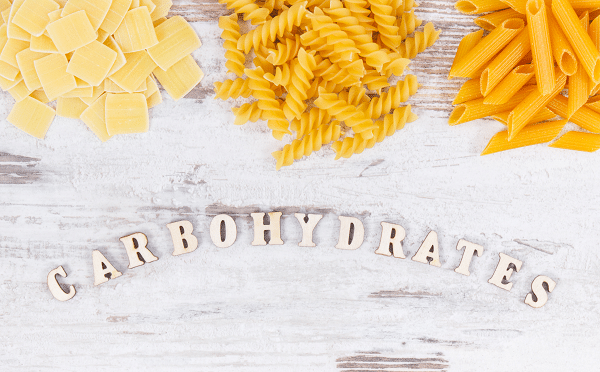
Carbohydrates, often referred to as carbs, form one of the essential food groups. They serve as the body’s primary energy source, fueling everything from brain function to muscular activities. Complex carbohydrates, like whole grains and legumes, provide a slower, more sustained energy release, whereas simple carbohydrates, found in items like sugary drinks and cookies, offer a rapid energy boost and equally rapid decline.
Yet, not all carbohydrates are created equal. For instance, fiber, a type of complex carbohydrate, plays a vital role in digestion and can contribute to feelings of fullness, helping with weight management. Therefore, understanding the difference between these types of carbs is crucial when planning a low-carb diet.
Reasons For Cutting Carbohydrates

There can be various motivations for people to consider reducing their carbohydrate intake. A substantial body of research suggests that a high-carb diet, especially one rich in simple carbohydrates, may lead to health issues, including obesity, diabetes, and heart disease. Reducing carbs may help manage these conditions.
Moreover, many find that cutting carbohydrates aids in weight management. Because the body uses carbs for energy, any unused carbohydrates are stored as fat. By reducing carbohydrate intake and substituting it with other nutrients, the body may start to use stored fat for energy, potentially aiding weight loss.
Common Challenges When Cutting Carbs

Transitioning to a low-carb diet often comes with a set of challenges. In the initial stages, individuals might experience symptoms such as fatigue, headaches, or mood swings, known as the ‘keto flu.’ These symptoms result from the body adjusting to using fat instead of glucose as its primary energy source.
Aside from these temporary discomforts, a more significant risk when reducing carbs is the potential for nutrient deficiencies. Carbohydrates often come paired with other essential nutrients, like fibers, vitamins, and minerals. Therefore, it’s important to replace these nutrients through other food sources when cutting back on carbs. A dietitian can provide valuable guidance in this area to ensure a balanced, nutrient-rich diet.
Swapping To Low-Carb Grains
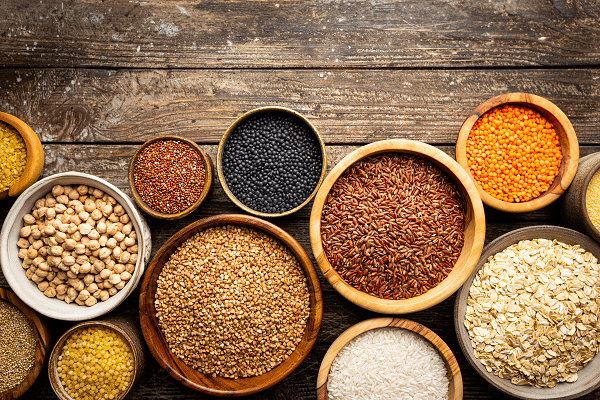
Cutting carbs does not mean eliminating all grains from one’s diet. Instead, focus on incorporating whole grains with lower carbohydrate counts. Foods such as quinoa and barley offer a good balance, providing essential nutrients while keeping carb content manageable. Plus, these grains are an excellent source of fiber, which aids in digestion and helps to maintain feelings of satiety.
Experimenting with less traditional grains like bulgur or farro can also be a beneficial move. These whole grains are rich in vitamins, minerals, and fiber, yet lower in carbs than more commonly consumed grains like rice or wheat. Being open to new grain alternatives can make the transition to a lower carb diet more varied and enjoyable.
High-Protein Alternatives

Protein plays a pivotal role in a low-carb diet. It not only assists in maintaining and building muscle mass but also helps to keep one satiated. Therefore, incorporating high-protein foods, such as lean meats, fish, and eggs, is essential when reducing carb intake.
For those following plant-based diets, options such as tofu, tempeh, and a wide variety of legumes can provide the needed protein. These sources are also packed with other nutrients, making them a beneficial addition to any low-carb diet. Remember, variety is key in maintaining a balanced diet.
Healthy Fats As An Energy Source
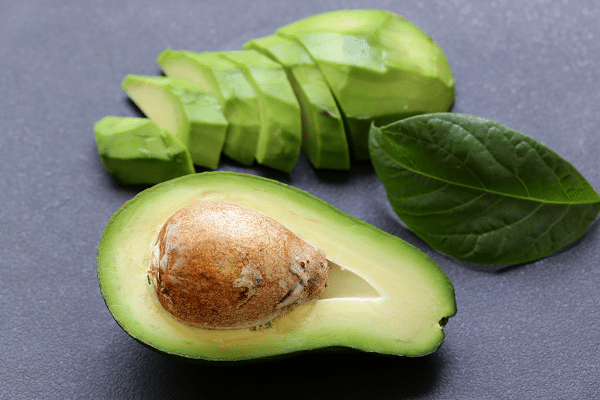
Fats, especially healthy ones, can become a crucial energy source in a low-carb diet. Foods rich in unsaturated fats, such as avocados, nuts, seeds, and olive oil, can provide lasting energy and aid in nutrient absorption. It’s essential, however, to monitor portion sizes, as fats are higher in calories than carbs and proteins.
Incorporating foods rich in omega-3 fatty acids, like fatty fish and flaxseeds, also offers heart health benefits. On a low-carb diet, fats can play a vital role in providing satiety, enhancing flavor, and boosting overall nutrient intake.
Fiber-Rich Vegetables And Fruits

Fiber is a type of carbohydrate that the body can’t fully digest, making it a great addition to any diet, especially a low-carb one. It aids in digestion, supports heart health, and can help manage blood sugar levels. Non-starchy vegetables, such as leafy greens, broccoli, and bell peppers, are excellent sources of fiber and other vital nutrients.
While some fruits may be higher in carbs due to their natural sugars, there are plenty of low-glycemic options that can fit within a low-carb plan. Berries, peaches, and apricots, for example, are not only lower in carbs but also packed with vitamins, antioxidants, and fiber. It’s about making smart choices and considering the overall nutrient profile of the food.
Legumes And Lentils
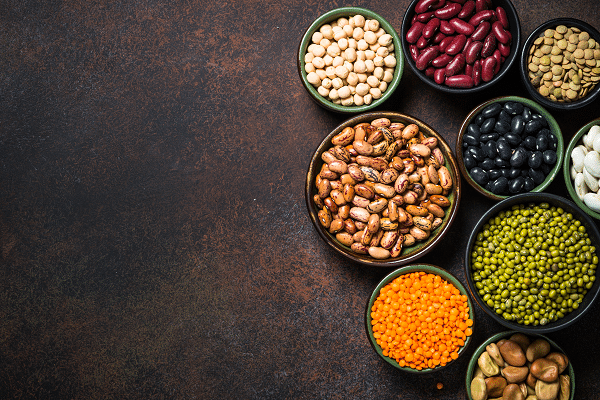
Legumes and lentils offer a wealth of nutritional benefits that make them a prime choice when reducing carbs. They are packed with fiber and protein, contributing to feelings of fullness, aiding in digestion, and providing essential amino acids. Examples include black beans, chickpeas, lentils, and peas.
These nutrient powerhouses can serve as a base for salads, be blended into dips, or used as a protein source in main dishes. Plus, they are a low-glycemic food, meaning they have a lesser impact on blood sugar levels compared to other carbohydrate sources. This characteristic makes them a good choice for those watching their carbohydrate intake.
Dairy And Non-Dairy Alternatives
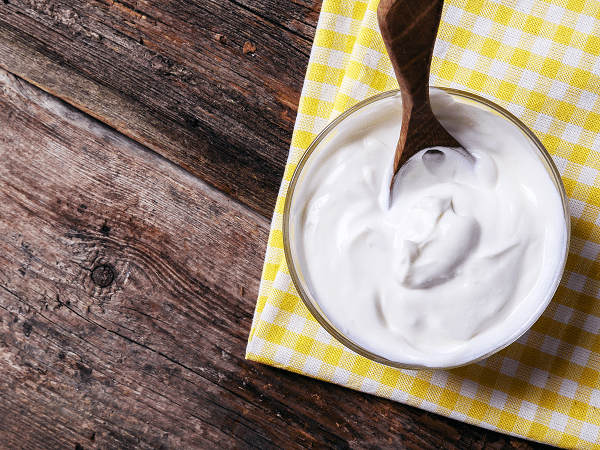
Dairy can play a significant role in a low-carb diet as it’s often high in protein and calcium. Opt for high-protein, lower-carb choices such as Greek yogurt or cottage cheese. These foods can provide a satisfying balance of nutrients, keeping you full and nourished.
Non-dairy alternatives can also have a place in a low-carb diet. Almond milk, coconut milk, and other plant-based alternatives often contain fewer carbs than traditional dairy products. Many are fortified with essential nutrients like calcium and vitamin D, but it’s crucial to check labels as some versions may have added sugars.
Natural Sweeteners
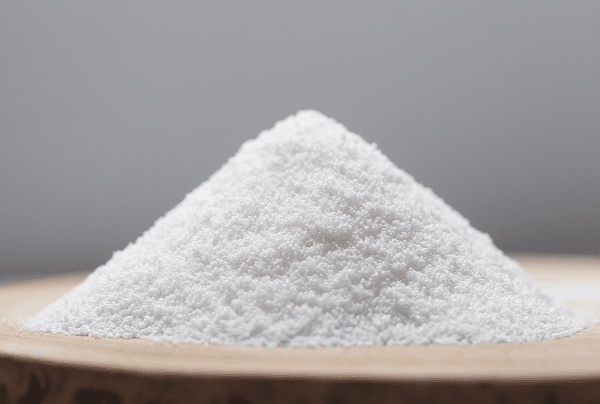
While cutting back on carbs, you might find a need to satisfy a sweet tooth. Natural sweeteners can serve as a lower-carb alternative to traditional sugar. Sweeteners such as stevia, erythritol, or monk fruit extract have a lesser impact on blood glucose levels and can satisfy sugar cravings without adding to your daily carb count.
It’s important, however, to use these sweeteners in moderation. Just because they’re lower in carbs doesn’t mean they should be consumed in excess. Plus, it’s a good idea to become accustomed to less sweet flavors, helping reduce overall sugar cravings in the long term.
Low-Carb Cooking And Baking Alternatives

Low-carb diets don’t mean an end to enjoying home-cooked meals or baked treats. There are many low-carb substitutes available for traditional cooking and baking ingredients. For instance, almond flour or coconut flour can replace wheat flour in many recipes, offering a lower carb count and a good source of fiber.
Cooking techniques can also adapt to support a lower carb intake. For example, spiralizing vegetables like zucchini or carrots can offer a tasty alternative to traditional pasta. Cauliflower can be riced or mashed as a substitute for potatoes or rice. These changes can not only reduce carb content but also increase nutrient density.
Hydration And Drinks

Drinks can sometimes be a hidden source of high carbohydrates, especially sugary beverages like sodas, fruit juices, or flavored coffees. Staying hydrated is vital, but it’s equally important to be mindful of the carbohydrate content in the chosen beverages. Opt for water, herbal teas, or even coffee without added sugars to maintain a low carb count.
Low-sugar or sugar-free drinks can be an alternative, but it’s wise to use them sparingly due to potential health implications. Instead, add flavor to water with a slice of lemon, cucumber, or a splash of natural fruit juice. The goal is to ensure hydration without adding unnecessary carbohydrates to the diet.
Conclusion
Adopting a lower-carb diet may appear daunting initially, but with the multitude of food options and alternatives available, it can be an enriching journey towards better health. Remember, it’s not merely about reducing carbs; it’s about increasing the nutritional quality of the diet overall. Each person’s dietary needs are unique, and it’s crucial to consult a dietitian for personalized advice. The goal is to find a balanced diet that sustains health, provides enjoyment, and fits into individual lifestyle needs. Always remember – there is no one-size-fits-all approach to nutrition.


